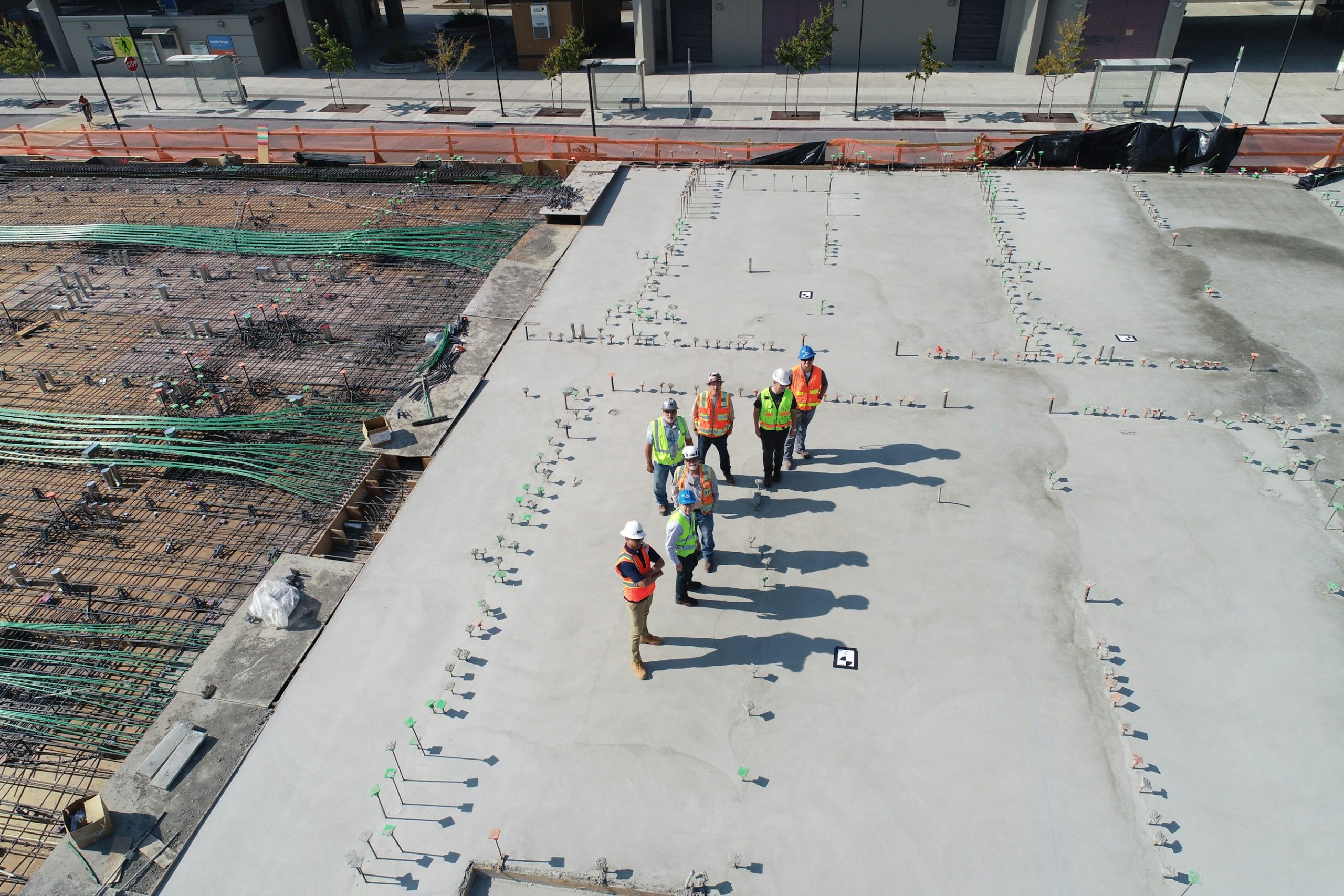Tender Evaluation Delays in Canada: A $ Billion Problem Nobody Talks About
Tender evaluation delays in Canada represent a significant issue affecting the public procurement process, especially within the construction industry. These lengthy periods between bid submissions and the formal awarding of contracts can lead to substantial financial repercussions. With effective construction project management software and digital solutions, addressing these delays becomes more feasible. Let’s delve into the key factors contributing to these delays, their consequences, and how platforms like Zepth can help mitigate the impact.
1. Overview of Tender Evaluation Delays in Canada
Tender evaluation delays refer to prolonged periods during which bids are submitted but contracts remain unawarded. Challenges arise primarily from regulatory complexities, risk aversion, legal reviews, information gathering from stakeholders, and multi-level government requirements. Although comprehensive national statistics detailing the costs incurred from these delays are not readily available, industry experts widely recognize the cumulative financial effect as being in the billions of dollars annually. These costs are not merely theoretical; they are evident in cost overruns, lost productivity, increased project risks, and delayed public benefits such as timely infrastructure and housing delivery.
2. Key Factors Contributing to Delays
Several interconnected factors contribute to the pervasive delays seen in the tender evaluation process:
- Complex Approval Processes: The Canadian procurement framework involves multiple levels of review—legal, risk management, and compliance—leading to prolonged decision-making times.
- Risk Aversion: Heightened public scrutiny, particularly in defense and significant capital projects, necessitates comprehensive checks, resulting in stagnation in approvals.
- Inadequate Process Standards: The absence of standardized timelines for reviews can create an unpredictable approval landscape.
- Stakeholder Coordination: Delays often occur while waiting for necessary input from various stakeholders, including legal advisors and technical consultants.
- Political & Economic Factors: External contingencies, such as election cycles and geopolitical events, can halt procurement processes entirely.
3. Consequences and Financial Impact
The ramifications of these delays extend beyond just stretched timelines; they create significant financial strain:
- Escalating Project Costs: Delays invariably lead to rising material, labor, and financing costs, collectively creating a multi-billion-dollar impact annually on infrastructure budgets.
- Housing Crisis Aggravation: Slow approvals hinder the timely delivery of housing solutions. Canada is noted to be three times slower than the U.S. regarding municipal approval processes, critically impacting housing affordability.
- Lost Productivity: Construction companies are often left with idle resources and uncertainty, resulting in reduced productivity.
- Reduced Market Confidence: Delays erode trust and discourage competition, especially among smaller contractors, thereby impacting the transparency and reliability of public procurement.
4. Use Cases of Delay Impact
Understanding the practical implications of these tender evaluation delays can provide further insights:
- Federal Infrastructure: Delays stymie crucial upgrades or maintenance projects for public assets like schools and hospitals, resulting in compounding economic costs over time.
- Housing Accelerator Fund: Delays in procurement processes have been acknowledged by authorities as significant barriers to expediting affordable housing developments, even when sufficient investments are made.
- Provincial Procurement Sensitivities: Recent changes in policy have emphasized prioritizing Canadian suppliers, which may inadvertently complicate and prolong the procurement process further.
5. Best Practices for Reducing Tender Delays
To counter these issues, best practices must be implemented to streamline the tender evaluation process:
- Process Standardization: Implementing clear service standards and timelines throughout the various review phases can significantly mitigate approval delays.
- Early Risk Consultation: Early involvement of risk assessment in procurement criteria helps avoid last-minute complications.
- Stakeholder Engagement: Fostering consistent communication and collaboration among all involved parties is crucial for minimizing misunderstandings.
- Digital Procurement Platforms: Leveraging digital tools for document management, bid evaluation, and communication can enhance transparency and minimize delays.
- Policy and Regulatory Reforms: Initiatives like the Risk-based Defence Procurement Pilot aim to alleviate bottlenecks and modernize public procurement workflows.
6. Emerging Innovations
Innovative trends in procurement are emerging to combat these delays:
- Electronic Procurement Solutions: Canada’s federal procurement authorities are exploring electronic platforms aimed at streamlining bid processes and enhancing documentation accuracy.
- Data-Driven Evaluation: The use of analytics can flag bottlenecks proactively, enabling timely interventions before they escalate.
- Flexible Legal Review Protocols: Revising review processes to incorporate risk-tiered approaches may enable faster approvals for low-risk procurements.
7. How Zepth Can Help
Zepth stands out in the realm of AI in construction and workflow optimization. Here’s how Zepth facilitates a smoother tender evaluation process:
- Centralized Communication Hub: Create a common platform enabling all stakeholders—owners, contractors, consultants—to ensure swift clarifications throughout the tender evaluation process. Explore Zepth’s Collaboration Tools.
- Document Automation & Tracking: Automate the submission, revision, and evaluation of tender documents to eliminate manual errors and ensure timely updates. Learn about Zepth Document Management.
- Workflow Customization: Tailor approval workflows with accountability measures, timestamped actions, and automated reminders to reduce waiting times significantly. Discover Zepth Approval Workflows.
- Real-Time Status Dashboards: Monitor all procurement phases, facilitating instant identification and resolution of delays.
- Analytics & Reporting: Zepth’s analytics capabilities track recurring bottlenecks, supporting best practice implementations for continuous improvement.
8. Conclusion
The landscape of tender evaluation in Canada presents a considerable challenge, with delays costing billions in lost opportunities and public benefits. However, innovative technology solutions, such as those provided by Zepth, have the potential to streamline this critical phase of construction management. By implementing these best practices and leveraging contemporary tools, organizations can significantly enhance the efficiency of their tender evaluations, ultimately benefiting the construction industry and society at large.




